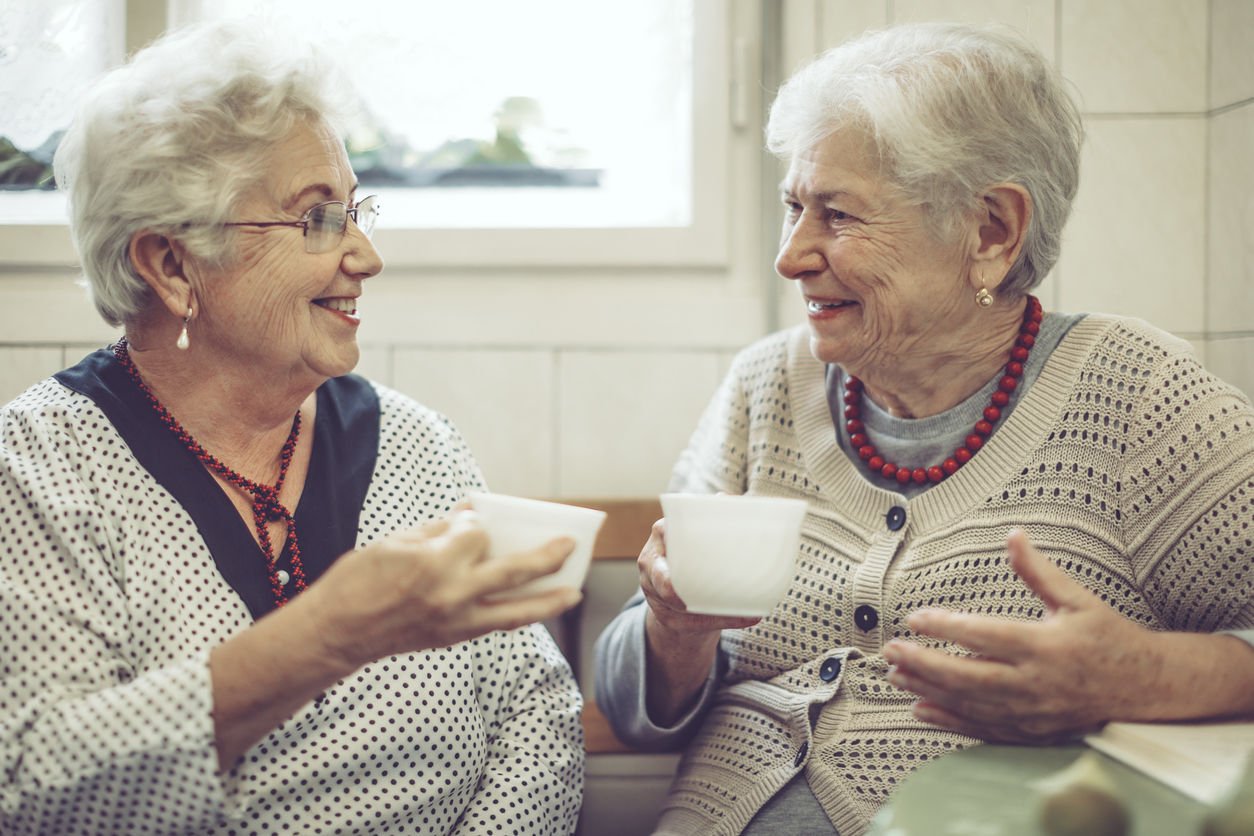Some like it hot: how temperature affects the taste of your coffee
Many seniors like their coffee as “hot as a cup of tea”, but baristas say that’s not ideal. Who’s right?

In Greece, coffee-shop patrons can sit with an espresso all day. In Italy, a caffè latte can be downed in a gulp. In Australia, many of us like to slowly sip a large cappuccino over a laptop or a newspaper.
In Italy, the coffees are invariably served lukewarm because the customers are hurrying to their next appointment or for the bus, and a scalded throat is best avoided.
But not every customer is the same, so baristas have a tough job getting it “right” for everyone.
Many older Australians like theirs hot because they want it to last a good while before it gets cold.
However, asking for “extra hot" can get you some strange glares from café staff.
That’s because the temperature is important to the overall flavour of a coffee. Baristas have been taught that there is an optimum temperature, and making “extra hot” coffee changes its taste.
It may be regarded as snobbery, but they see it as a matter of professional pride – like a chef who refuses to serve steak well done.
Even the experts disagree about the best temperature for a coffee to optimise its taste.
Of course, there is a distinction between the brewing temperature and the serving temperature – and the latter can change if the coffee is bought as a takeaway for later consumption.
The online Coffee Detective is among those who believe coffee should be served between 70 and 80°C, and notes the most people like it at the higher end of that scale.
But drinking coffee that’s too hot can be a health hazard.
In their academic paper on the subject, Fredericka Brown and Kenneth Dillon say hot beverages are often served between 71 and 85 degrees, noting that “brief exposures to liquids in this temperature range can cause significant scald burns”.
“However,” they add, “hot beverages must be served at a temperature that is high enough to provide a satisfactory sensation to the consumer.”
After reviewing the evidence, they concluded that the optimal drinking temperature was 57.8°C
Many Australians would say that that’s too cool – although it’s been pointed out that we’re traditionally a nation of tea drinkers, and that may have affected our opinion of how warm a “hot” beverage should be.
Tea is almost always made by infusing boiling water, but coffee can be made in several ways – and steamed milk is the critical ingredient that converts an espresso into a latte, cappuccino or flat white.
Delivered the correct way, the milk alters the taste of the coffee. Too hot and the lactose in the milk is broken down, making it too sweet for some people. Heating it too quickly can also “burn” the coffee, giving it an unpalatable taste.
For further reading: The Coffee Detective, Science Direct








